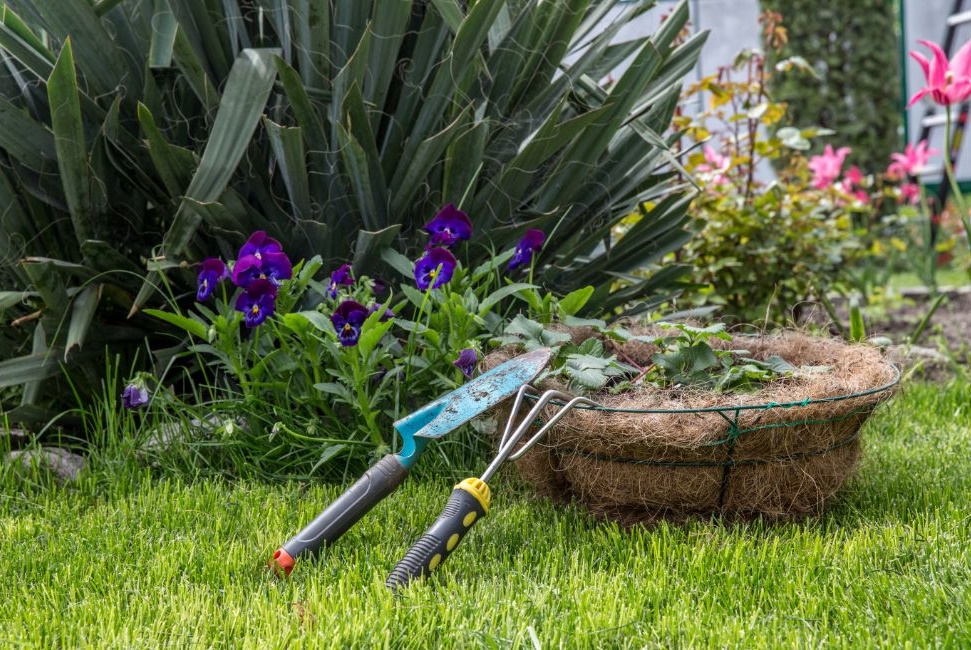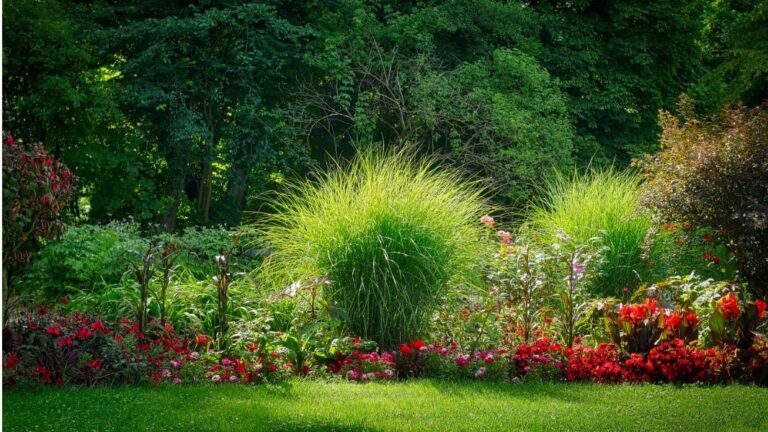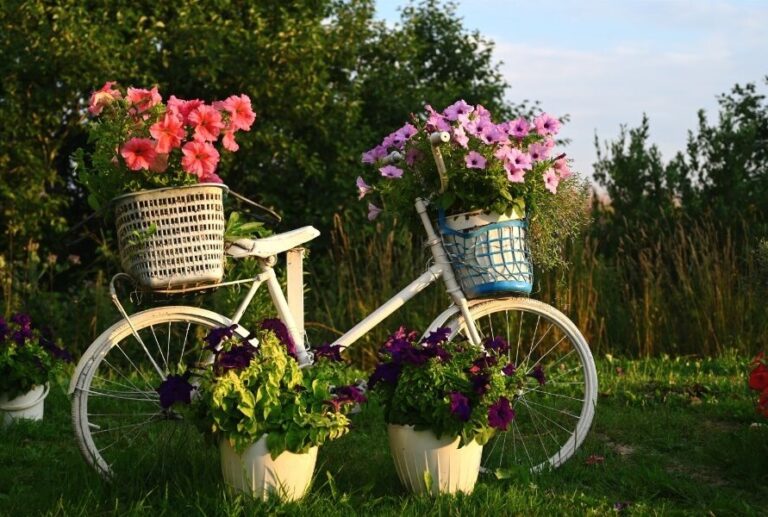Your Ultimate Guide to Spring Gardening: Tips and Tricks
Spring brings a renewed sense of enthusiasm for gardeners, offering the ideal time for spring gardening, from cleaning up garden spaces to planting early bloomers like potatoes and leafy greens. Embracing the excitement of backyard transformations, gardeners eagerly anticipate the promise of vibrant green spaces filled with flourishing plants.
This guide will navigate through essential garden tips, providing gardening ideas that range from soil preparation to the meticulous care of plants. By focusing on effective garden design and implementing strategic gardening tips, gardeners can ensure their green space thrives throughout the season.
1. Conduct a Thorough Spring Inspection
To effectively kickstart your spring gardening, a thorough inspection is the first critical step. This process involves several key tasks:
- Clean-Up and Inspection:
- Remove dead leaves, winter debris, and cut back dried foliage of perennials while wearing gloves for protection.
- Check for any damage caused by cold, ice, or snow on plants and identify garden beds that need cleaning.
- Remove fallen branches, matted leaves, last year’s foliage, and clear out debris from ponds or water features.
- Assessment of Hardscaping and Wildlife Activity:
- Note any shifts, bows, or rot in hardscaping elements like walls, fences, and trellises.
- Look for new animal burrows and signs of deer or rodent damage on woody plants.
- Preparation for Spring:
- Begin garden inspections when temperatures consistently reach 50 degrees Fahrenheit for at least 7 consecutive days.
- Inspect trees and shrubs for broken or damaged branches and consider pruning or professional removal.
- Check the irrigation system, backflow preventer, and give your sprinkler system a visual inspection.
This comprehensive approach ensures that your garden is primed for the upcoming spring gardening activities, setting a solid foundation for a flourishing green space.
2. Tackle Hardscaping Early
Tackling hardscaping early in spring gardening ensures that your backyard remains both functional and beautiful throughout the season. Here are some essential steps to consider:
- Basic Maintenance and Repairs:
- Inspect hardscaping for frost heaves that may have occurred during winter.
- Repair any damage to decks, patios, and garden beds, including boards that may have pulled away.
- Clean outdoor furniture to rejuvenate its look for the upcoming season.
- Installation and Cleaning:
- Consider building new garden beds or installing planters to enhance your green space.
- Order new pots that complement your garden design, adding a fresh touch to your outdoor area.
- Wash down paving stones and ornaments with a pressure hose after removing excess dirt to restore their appearance.
- Ornament and Furniture Care:
- Give your garden furniture and ornaments a thorough clean to remove grime and build-up from the previous seasons.
- Examine decks and patios for any signs of wear and tear, and perform necessary clean-ups to ensure they are ready for use.
These steps not only improve the aesthetic appeal of your garden but also prevent potential damage from worsening, ensuring your backyard remains a vibrant and welcoming space.
3. Clean and Prepare Garden Beds
To ensure your garden beds are primed for spring gardening, follow these steps to clean and prepare them effectively:
- Initial Cleanup and Soil Preparation:
- Remove winter mulch to allow the ground to thaw and clear any remaining sticks, leaves, and debris from your lawn and garden beds.
- Rake out leaves from garden beds once the weather warms consistently.
- Loosen compacted soil, mix in compost or amendments for enrichment, and level the soil surface.
- Plant and Perennial Care:
- Divide perennials like Daylilies and Hostas to encourage growth and transplant those that have outgrown their space.
- For shrubs, early spring is ideal for moving evergreens and deciduous varieties, ensuring they’re not in bloom.
- Install supports for plants that need it, such as peonies or delphiniums, and set out trellises for climbing plants.
- Planting and Mulching:
- Start planting hardy, cool-season vegetables and fill spring containers with cold-weather-loving plants.
- Add a thick layer of mulch around perennials to retain moisture, prevent weeds, and keep the landscape aesthetically pleasing.
- Carefully remove any established winter weeds, fluff up the soil, and apply a fresh top dressing before seeding.
By diligently following these steps, your garden beds will be well-prepared for a vibrant and productive spring gardening season.
4. Soil Testing and Enrichment
To ensure your spring gardening yields the best results, focusing on soil testing and enrichment is key. Here’s how to enhance your garden’s foundation:
- Soil Testing:
- Conduct soil tests every 3-5 years to identify nutrient levels and necessary organic materials.
- For accurate pH balance and nutrient mix, consult a local agricultural extension office or lawn care professional.
- Home testing methods include mixing soil with vinegar to test for alkalinity or with baking soda and water for acidity.
- Soil Enrichment:
- Top-dress garden beds with 1-2 inches of compost, humus, or manure to enrich the soil as bulbs emerge.
- Adjust soil pH using finely ground limestone for acidic soil or ground sulphur for alkaline conditions, aiming for a pH between 6.0 and 7.0 for most vegetables.
- Incorporate organic matter to improve soil structure, turning the soil to a depth of at least 8 inches.
- Fertilization and Mulching:
- Choose fertilizers based on soil’s nutrient needs, applying when the grass shows active growth.
- Apply a layer of mulch around plants to suppress weeds and retain moisture, avoiding overly thick or frequent applications.
- Regular use of organic fertilizers like worm castings and composted manure is encouraged to maintain soil health.
By adhering to these guidelines, gardeners can create a robust foundation for their spring gardening efforts, ensuring a lush and vibrant garden.
5. Pruning and Plant Care
Pruning and plant care are pivotal for the health and aesthetics of your garden during spring gardening. This section outlines essential practices to ensure your green space thrives:
- Pruning Guidelines:
- Prune trees and shrubs, including fruit trees and evergreens, before they bloom.
- Remove dead, diseased branches, and those that cross to prevent overcrowding.
- For flowering shrubs on new wood, prune in spring; avoid those on old wood until after they bloom.
- After the initial growth, shear evergreens like boxwood.
- Plant Maintenance:
- Thin plants to enhance air circulation and reduce fungus risks.
- Rake lawns to prevent thatching and promote healthy grass.
- Apply a layer of mulch around plants to retain moisture and suppress weeds, ensuring it doesn’t touch tree trunks.
- Seasonal Tasks:
- Early Spring: Divide perennials for growth, prune summer-flowering perennials and shrubs.
- Mid-Spring: Trim ornamental grasses, clean birdbaths, and plant seeds.
- Late Spring: Plant warm-season crops, add mulch and fertilizer, and maintain weed control.
By following these guidelines, gardeners can foster robust growth and vibrant blooms throughout their spring gardening endeavours.
Conclusion
As we have ventured through the journey of spring gardening, we have unveiled a plethora of guidelines and tactics designed to energize and prepare your garden for the vibrant season ahead. From the initial inspection and cleaning to the meticulous care for soil and plants, each step is crucial for fostering a flourishing garden. These practices not only enhance the aesthetic appeal of your garden but also contribute to its ecological health, ensuring a robust foundation that supports growth and vitality throughout the season.
The significance of adopting a comprehensive approach to spring gardening cannot be overstated. Implementing these strategies and embracing the detailed advice provided will undoubtedly lead to a garden that is not only a feast for the eyes but also a haven for biodiversity. As gardeners, the responsibility to cultivate and nurture our green spaces with care and attention is imperative, promising a season of lush growth and beauty. The collective effort in following these guidelines promises a rewarding and fulfilling gardening experience, inviting us to immerse ourselves in the joys of spring gardening.





